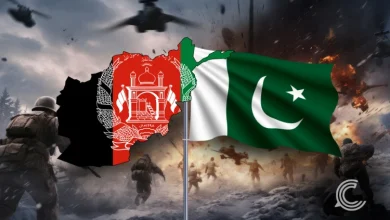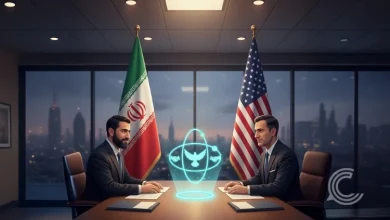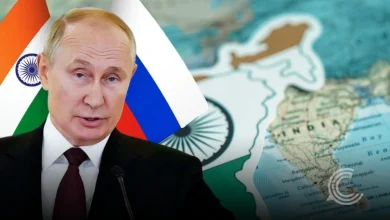India, US Ink 10-Year Defence Pact as Trade Tensions Simmer

Key Highlights–
- India and the US sign a 10-year framework to boost defence and tech cooperation.
- Pact follows tariff disputes and efforts to reset strained trade ties.
- Deal signals Washington’s push to strengthen Indo-Pacific security alignment.
India and the United States have entered a 10-year defence framework agreement, a move that cements their evolving military partnership even as trade tensions simmer between New Delhi and Washington.
The decade-long defence pact, finalised after talks between US Defence Secretary Pete Hegseth and Indian Defence Minister Rajnath Singh in Kuala Lumpur, aims to deepen coordination, intelligence exchange, and defence technology sharing.
A Strategic Pivot Amid Tariff Friction
For both sides, the timing carries weight. The Biden administration has been working to steady relations frayed by Donald Trump’s sweeping 50% import tariffs on Indian goods and penalties tied to Delhi’s oil and arms purchases from Russia.
Singh called the deal a “signal of strategic convergence”, saying it would anchor the partnership in ensuring “a free and rules-based Indo-Pacific.”
Trade Strains, Strategic Gains
Despite tense trade negotiations, the two countries are quietly laying a long-term foundation for military and technological cooperation. Analysts say the pact serves as a policy roadmap, expanding joint drills, interoperability, and defence production.
According to Pramit Pal Chaudhuri of the Eurasia Group, the deal had been delayed due to India’s irritation over Trump’s public remarks about his role in de-escalating India-Pakistan tensions. But its eventual signing shows a recalibration in both capitals, from transactional diplomacy to sustained strategic alignment, as reported by The BBC.
Shifting Away from Moscow’s Grip India’s defence modernisation drive has traditionally relied on Russian imports, but that dependency is waning. Moscow’s share in India’s weapons procurement has fallen sharply, as New Delhi diversifies to Western suppliers and boosts its domestic production base.
During Prime Minister Narendra Modi’s US visit earlier this year, Trump had promised billions in new defence sales, hinting at future access to advanced American systems like the F-35 stealth jet. While discounted Russian oil remains a practical necessity, Delhi’s willingness to expand energy and defence purchases from the US marks a clear tilt westward.
Historic Trade Ties with Washington and London
India’s trade record with both the US and the UK reflects a mix of progress and friction. Bilateral trade between India and the US reached nearly $190 billion in FY 2023–24, making Washington New Delhi’s largest trading partner, yet tariff disputes over medical equipment, solar exports, and digital levies continue to delay a free trade agreement.
Meanwhile, with the UK, talks on a £35 billion trade deal have stretched through 14 rounds, slowed by debates over work visas, services, and whisky duties. Although the US remains India’s top export destination and the UK its sixth, defence and technology cooperation are moving forward far more smoothly than trade reforms.
Part of a Larger Western Realignment
The India-US defence pact fits into a broader Western strategy of tightening defence links across the Indo-Pacific. The US and UK, too, have been synchronising their military cooperation, from joint naval patrols to intelligence-sharing frameworks, reflecting a shared pushback against Beijing’s growing assertiveness.
Also Read | Xi Jinping and Donald Trump Forge a Fragile Trade Truce in South Korea
For Washington, securing India’s partnership is vital and not just for military logistics, but also for supply-chain resilience, defence innovation, and maintaining balance in Asia’s power dynamics.
Outlook: Defence First, Trade Next
As the two nations race to clinch a trade deal by November, the defence pact sends a clear signal that strategic priorities come first. The 10-Year defence pact not only strengthens India’s deterrence posture but also deepens its role within the US-led security architecture of the Indo-Pacific.
For now, both capitals seem to agree on one principle: strategic alignment may outlast trade turbulence.



